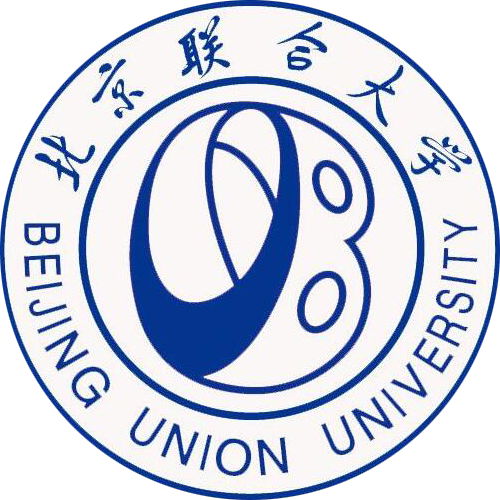详细信息
Electrochemical oxidation of ammonia in water by Pt/NbC membrane-based catalytic nanofluid reactor ( SCI-EXPANDED收录 EI收录)
文献类型:期刊文献
英文题名:Electrochemical oxidation of ammonia in water by Pt/NbC membrane-based catalytic nanofluid reactor
作者:Ma, Jing[1];Wei, Wei[2];Qin, Guotong[1];Jin, Shengnan[1];Liu, Shaomin[3];Jiang, Lei[4]
第一作者:Ma, Jing
通讯作者:Qin, GT[1]
机构:[1]Beihang Univ, Sch Mat Sci & Engn, Shahe Campus, Beijing 102206, Peoples R China;[2]Beijing Union Univ, Coll Biochem Engn, 18 Sanqu Fatouxili, Beijing 100023, Peoples R China;[3]Tiangong Univ, Sch Text Sci & Engn, 399 BinShuiXi Rd, Tianjin 300387, Peoples R China;[4]Beihang Univ, Sch Chem, Shahe Campus, Beijing 102206, Peoples R China
第一机构:Beihang Univ, Sch Mat Sci & Engn, Shahe Campus, Beijing 102206, Peoples R China
通讯机构:[1]corresponding author), Beihang Univ, Sch Mat Sci & Engn, Shahe Campus, Beijing 102206, Peoples R China.
年份:2024
卷号:486
外文期刊名:CHEMICAL ENGINEERING JOURNAL
收录:;EI(收录号:20241115714963);Scopus(收录号:2-s2.0-85186956621);WOS:【SCI-EXPANDED(收录号:WOS:001208756200001)】;
基金:This work was supported by the National Natural Science Foundation of China (Grant No. 52000006, 51772031, 52370062, 52070009) and the China Postdoctoral Science Foundation (Grant No. 2020TQ0026) .
语种:英文
外文关键词:Electrochemical oxidation; Ammonia; Pt/NbC membrane; Nanofluid reactor
摘要:Electrochemical oxidation has garnered increasing attention for its potential in treating ammonia in wastewater. However, achieving both high conversion and high nitrogen selectivity simultaneously, while maintaining a short hydraulic retention time (HRT), remains a significant challenge. In this study, we constructed an efficient niobium carbide (NbC) nanoporous membrane reactor by incorporating metal platinum as a catalyst for the electrochemical oxidation of ammonia. The electrocatalytic oxidation process occurred within the nanochannels of the membrane. This design allowed for enhanced single-pass removal of ammonia due to the short diffusion distance on the nanometer scale, which subsequently increased the mass transfer efficiency. Remarkably, we achieved highly controllable pore sizes in the NbC membrane, ranging from 200 to 8.3 nm by dip-coating method. Without the addition of any oxidants, the single-pass removal of ammonia reached 100 % when the applied potential was set at 4 V vs. SCE on a membrane with a pore size of 8.3 nm, and an HRT of 249 s. The primary product obtained from this process was nitrogen, displaying a selectivity of 88.09 %, with a small percentage of nitrate production (selectivity of 11.91 %). By decreasing the applied potential or increasing the pore size, the selectivity of nitrogen can be further improved, reaching 100 %. However, this adjustment may lead to a decrease in the conversion of ammonia. DFT results have revealed that the production of nitrogen on the Pt (111) surface occurs through the NH4+-> NH3 -> NH2 -> N -> N2 pathway. This finding contributes to the understanding of the electrochemical process for ammonia removal in water, and provides a viable option for the design of efficient nanomembrane reactors.
参考文献:
![]() 正在载入数据...
正在载入数据...


